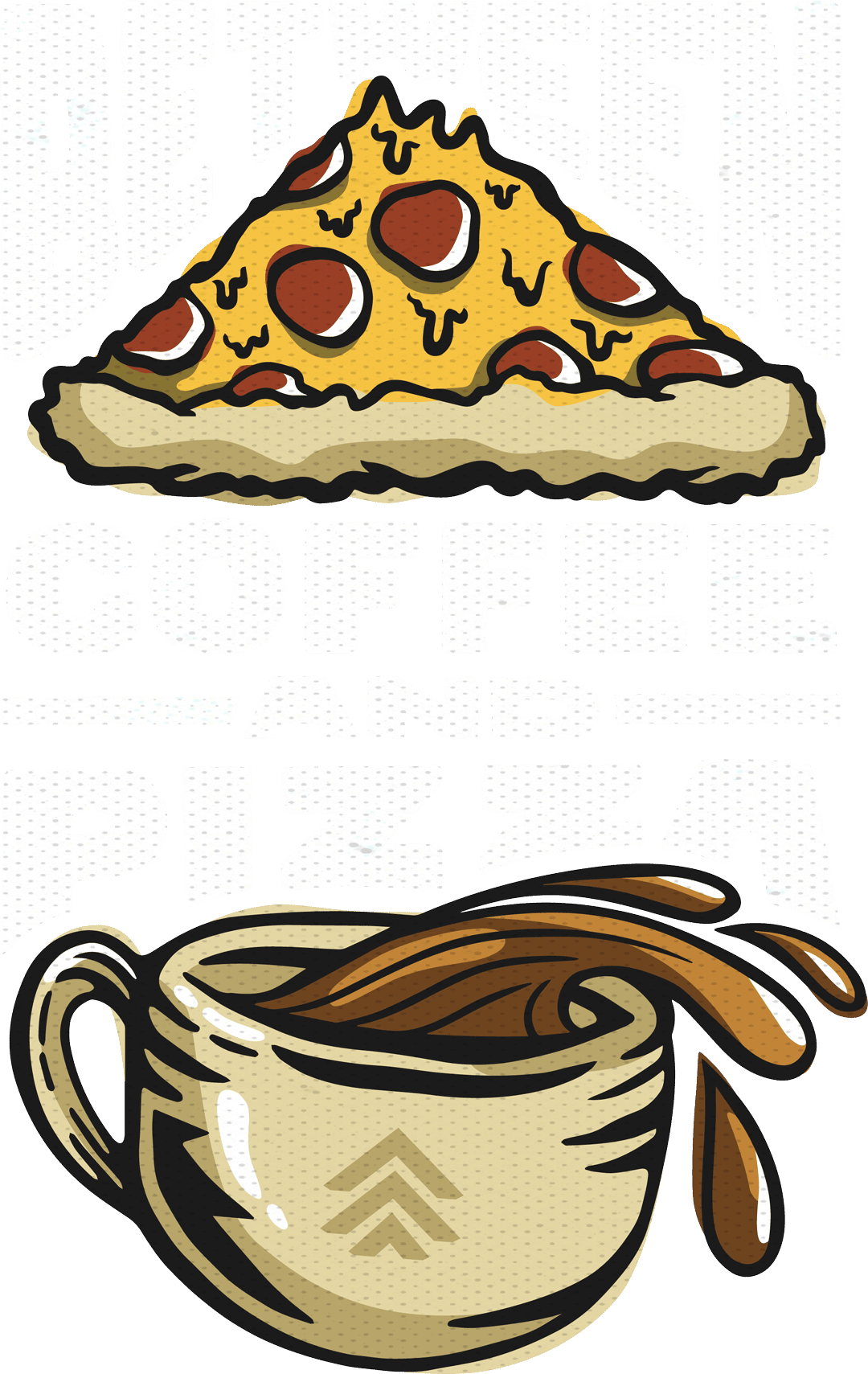Time-tracking. Blehck…such a gross couple of words, right? A quick word association exercise might produce some other words like ‘obnoxious,’ ‘micromanaging,’ or maybe just ‘why!?’ Well, I haven’t always been a believer, but in our creative agency, let me let you in on a little secret: our creatives are the biggest proponents of the idea. Here’s 3 reasons why we’re all about time-tracking nowadays, and we’re not looking back.
1.) It creates focus, and results in efficiency.
One of the biggest things we struggle with nowadays is our distractability. There seem to always be things tugging at our attention, and we feel like heroes if we can keep up with it all. But at the end of a day full of mini-meetings, answering emails, and solving little problems for people working on their projects, do you feel like you actually got anything done? As our team has grown accustomed to time-tracking, we’ve all noticed this whack-a-mole habit even moreso, and now that we’re aware, we’re taking steps to correct it. Just take it from the guy who finds himself turning on the time tracker for Project A, and then found himself doing things X, Y, and Z instead less than 5 minutes later. The time-tracker is a constant reminder to focus on one thing at a time, and take it from me or from a number of authors who’ve written authoritatively on the topic: that’s an incredibly effective tool to get important work done.
2.) It creates transparency, which results in accountability for all parties.
This is a touchy one, but an important one. The way you introduce time-tracking with your team is critical. At TWS, we’ve repeatedly stated that we do not intend to use the data we’re gathering to slap wrists or micro-manage; rather, we’re using the data to help us understand the reality of how long our projects take, and to help us make better decisions for the good of the team. I believe this clarity of purpose has created a powerful culture. Everyone here is responsible for their work, and feels trusted and secure. And in the end, we get to have really good conversations about that project we sold that took us X amount of hours. Did we take too long on it? Did we stay within budget? What were the factors at play? Let’s talk about that a little further…
3.) It helps our agency run profitably…which means we all get to keep doing what we love for the long term.
When we’re able to understand how long stuff takes us, we can understand our capacities and our work’s value. With that data, we can create win-win partnerships with our clients and make sure we are building a business that will continue to run for the long-term. The more we learn, the more we can dial in our project timing and pricing, the better working environment we can create, and the better work we can put out.
Here’s a pro tip: at The Woodshop, we use the free version of Clockify. It’s a no-frills software that comes with a mobile app and a Chrome extension, and it’s pretty easy to use. We’ve got other ops systems that it dovetails nicely with (Asana!), and we didn’t feel it was necessary to spend $10/mo/user on another, fancier software.
If you’re intrigued at all by this blog, feel free to reach out with any questions, or if you’re convinced it’s a good idea, start small today! Clock individual projects, build the time-tracking habit amongst your team, and make it part of your culture. You’ll be glad you did. Can’t wait to talk time-tracking (but not just time-tracking) over coffee or pizza sometime soon.
– Evan, TWS Director Of Operations

